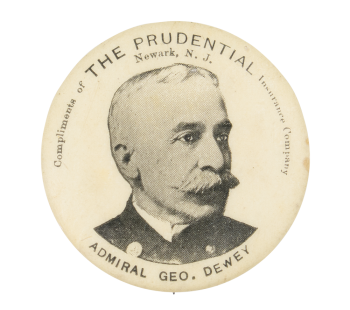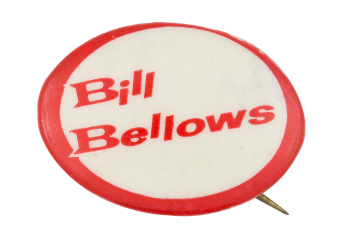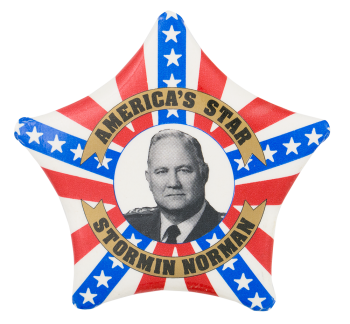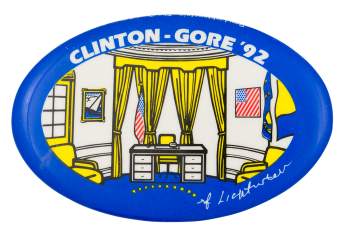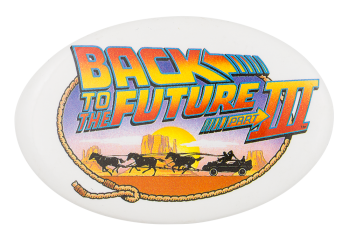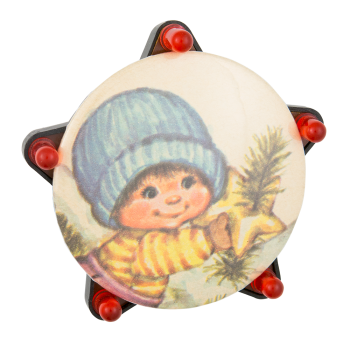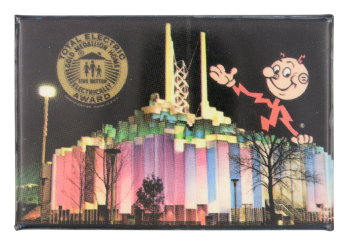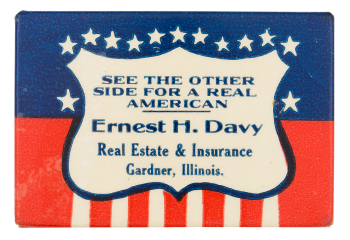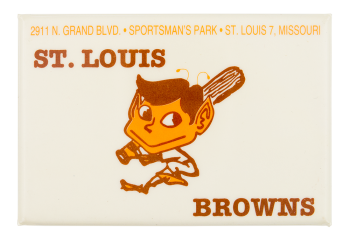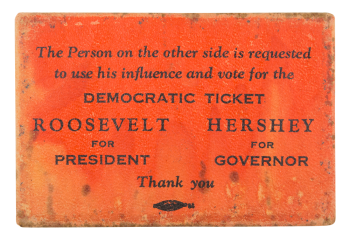The Prudential Admiral Geo. Dewey
| Category | |
|---|---|
| Additional Images | |
| Sub Categories | |
| Text on Button | Compliments of the Prudential Insurance Company Newark, N.J. Admiral Geo. Dewey |
| Image Description | Black and white photograph of a man's head and shoulders with black text around the outer edge on an off-white background. |
| Back Style | |
| The Shape | |
| The Size | |
| Additional Information | The Prudential Company was founded in 1875 as The Widows and Orphans Friendly Society by John F. Dryden, selling burial insurance to the working poor. Prudential soon began selling life insurance to the working class for 3 cents a policy and has since grown to be a Fortune 500 Company operating in over 30 countries. George Dewey (1837-1917), a life-long naval officer, served in the Civil War and was at the helm of the Mississippi in Farragut’s division for the capture of New Orleans. He was promoted to Rear Admiral in 1899 and full Admiral in 1900 after he led the victory over the Spanish Fleet in the Battle of Manila Bay during the Spanish-American War. After the war, Dewey was welcomed home with a two-day celebration in New York City. Dewey ran for president in 1900, but after it became obvious he would not have a successful race, he withdrew and endorsed McKinley. Three Navy ships have been named after Dewey, the most recent being a guided-missile destroyer. |
| Catalog ID | AD0692 |

